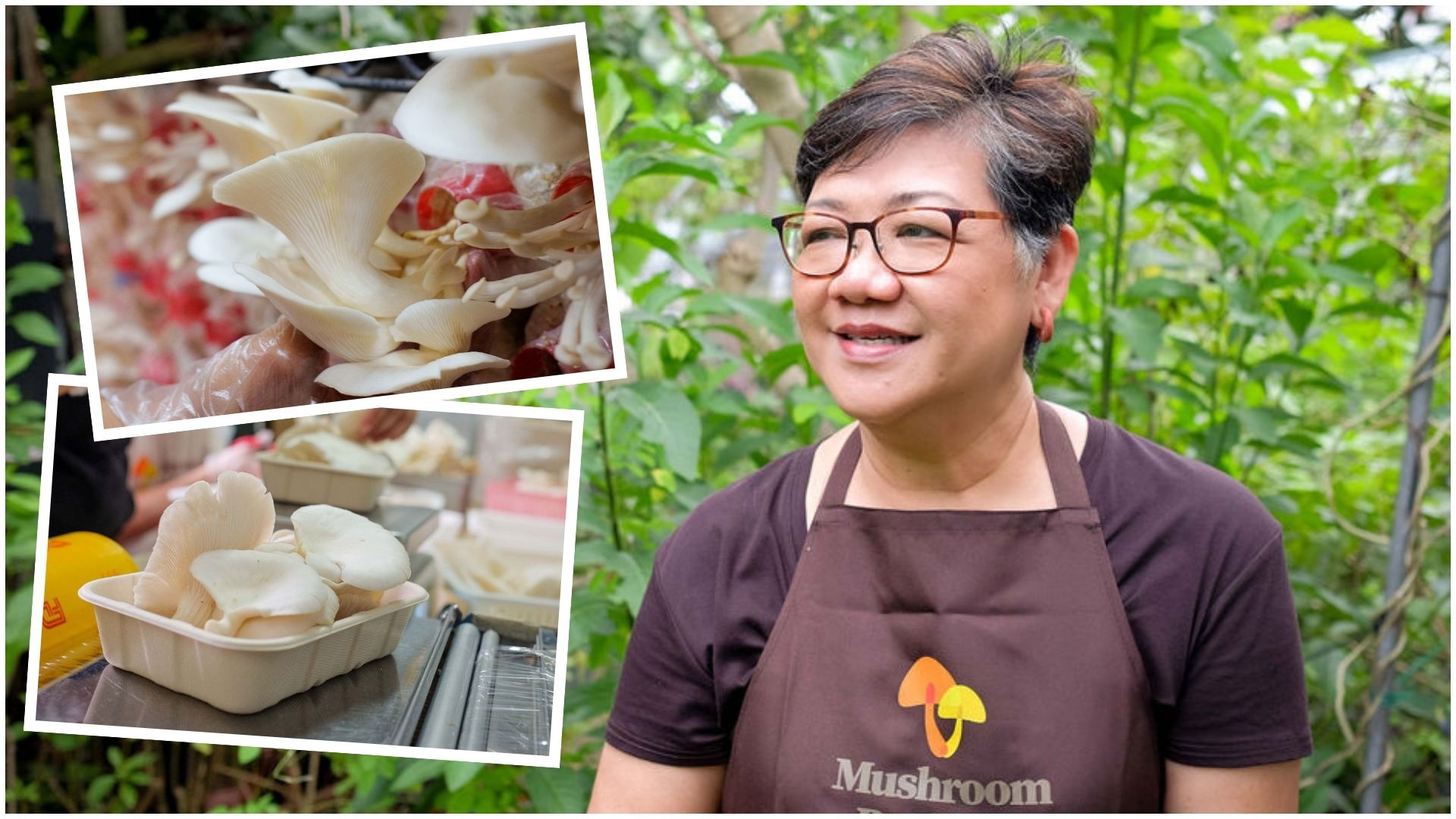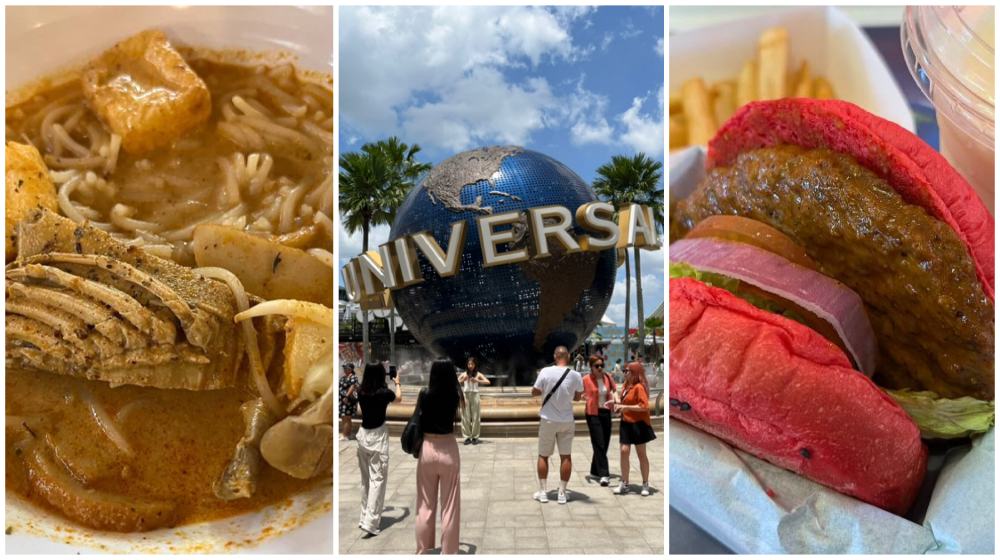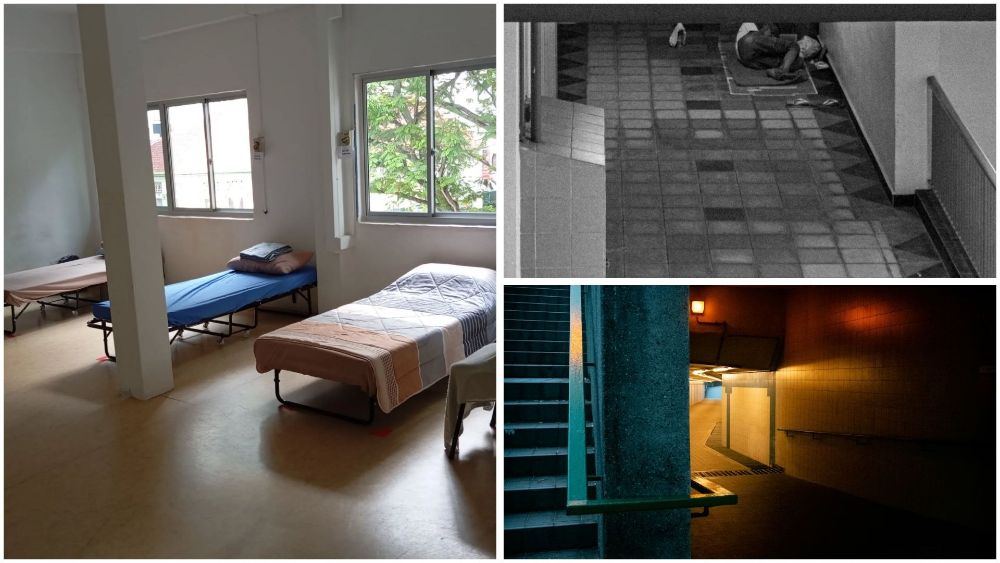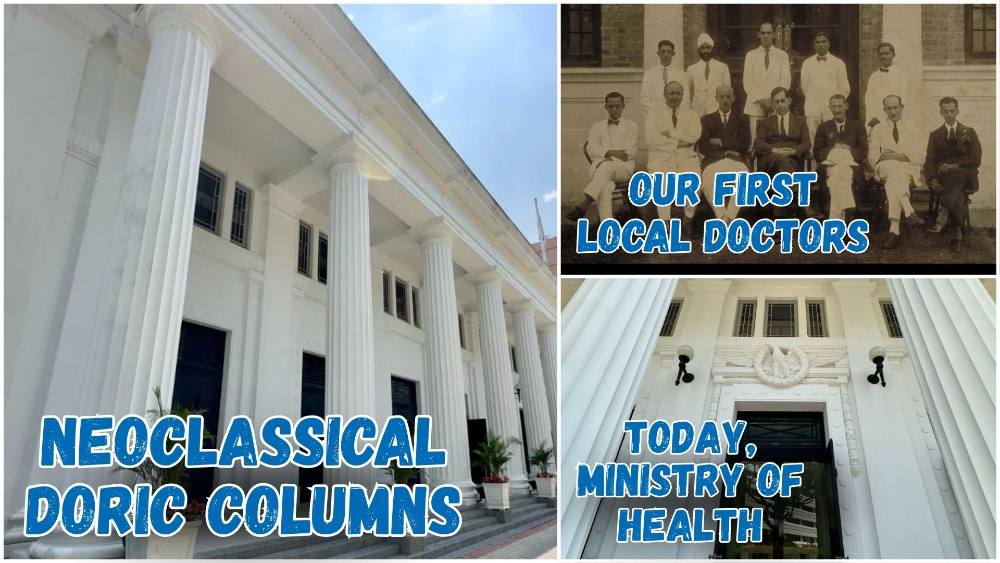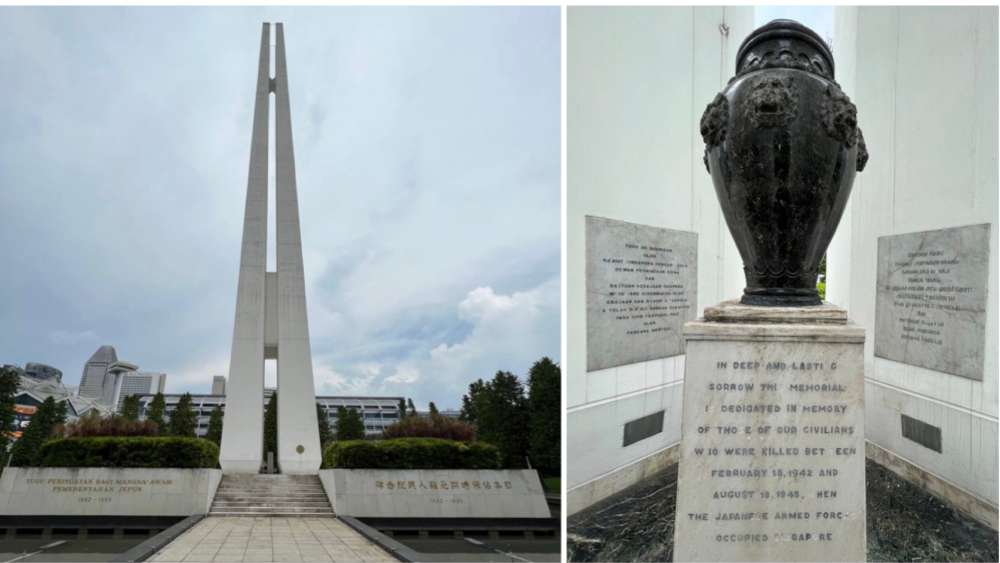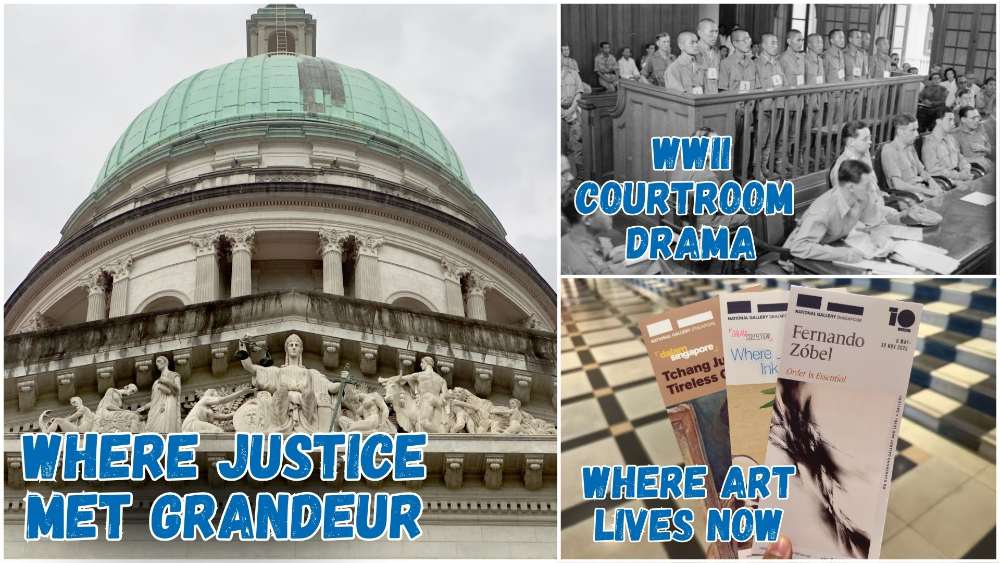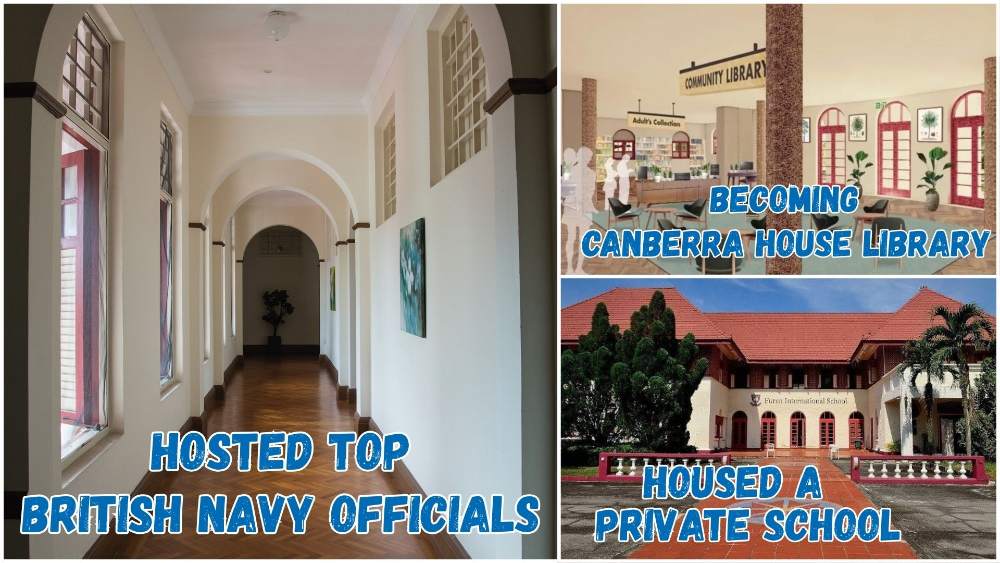National Monuments Of Singapore: Civilian War Memorial
Today (15 Feb), Singapore commemorates Total Defence Day, an occasion that serves as a reminder that we must take ownership for the protection of Singapore. This year also marks the 58th anniversary of the Civilian War Memorial, a National Monument bordered by Beach Road, Bras Basah Road, Esplanade Drive, and Stamford Road.
What is a National Monument? Who gazettes them? How many national monuments are there in Singapore? To date, the Preservation of Sites and Monuments, a division of National Heritage Board, has identified and gazetted 75 buildings, structures and sites of national significance as an integral part of Singapore’s built heritage.
And we're here to tell you all about them - one National Monument at a time!
You've probably passed by or stepped into more than a few of them without realising they were National Monuments: Al-Abrar Mosque, Asian Civilisations Museum, the Civilian War Memorial, Saint Andrew's Cathedral, the Esplanade Park Memorials, Fort Siloso on Sentosa - no need to plan an itinerary for friends visiting from overseas; just show them this article ✌️
In this edition, we zero in on the first memorial in Singapore dedicated to the civilian victims of the Japanese Occupation (1942–1945), the Civilian War Memorial.
📍 Location
The Civilian War Memorial was the 65th structure to be gazetted as a National Monument, and is located near other National Monuments such as the Esplanade Park Memorials, the Padang, and more. The MRT stations nearest to it are Esplanade, and City Hall.
📅 Significant dates
Date built:
- 1963-1967: The Civilian War Memorial was constructed
Milestones:
- 15 Feb 1967: Every year on 15 Feb (which commemorates the Fall of Singapore to the Japanese on 15 Feb 1942), an inter-religious memorial service is held at the Civilian War Memorial. Also known as Total Defence Day, it is an occasion that serves as a reminder that we must take ownership for the protection of Singapore.
- 15 Feb 2025: The 58th anniversary of the Civilian War Memorial
Date gazetted: 15 Aug 2023
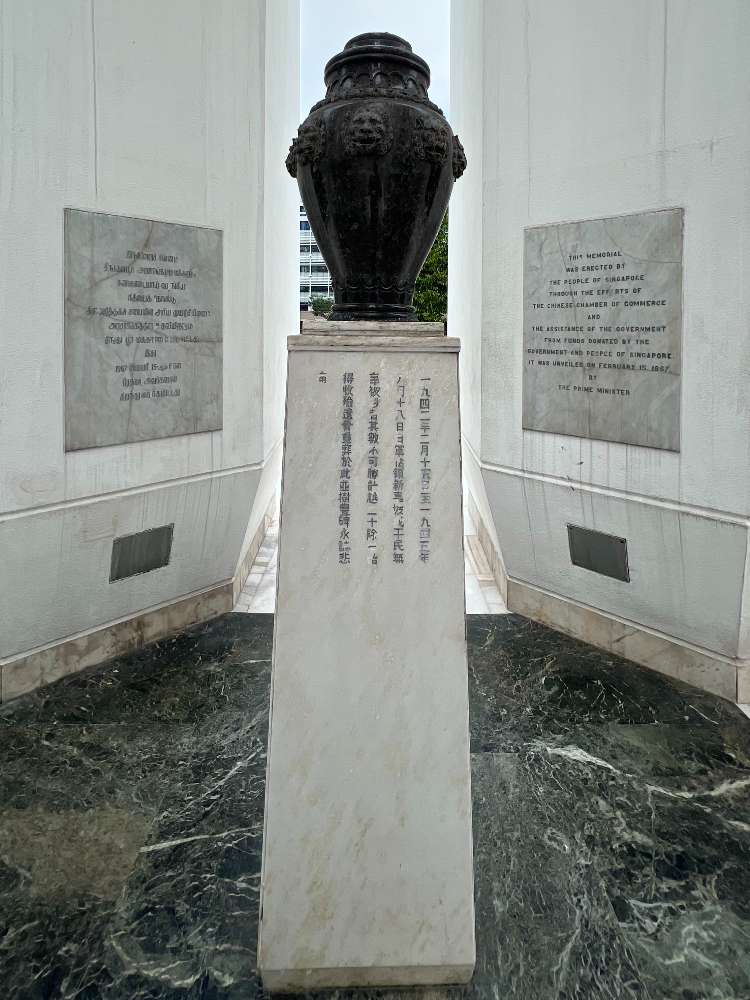
When you visit the monument, you're actually standing atop a gravesite. A burial chamber is housed beneath the Civilian War Memorial. | IMAGE: NG KAI
📜 History
The Civilian War Memorial stands as a solemn reminder of the shared suffering endured by different ethnic communities and the nation’s determination to rebuild after the Japanese Occupation.
Mass graves found post-Japanese Occupation
During excavation works in the 1950s and 1960s, mass graves containing thousands of civilian remains were uncovered across Singapore. In 1962, over 40 burial sites were found in Siglap’s Valley of Death. These were victims of Operation Sook Ching, a Japanese purge targeting anti-Japanese elements, primarily among the Chinese population. Many innocent men were arrested, taken to execution sites, and buried in unmarked graves.
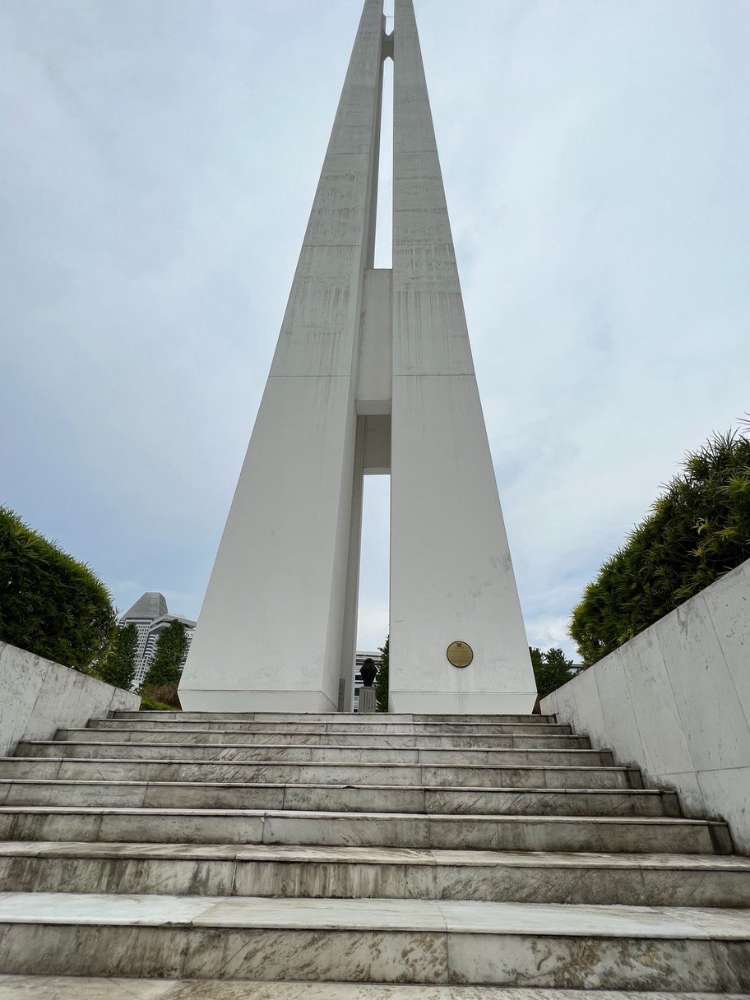
As you ascend the steps to the structure, ponder over the fact that beneath the raised platform is a vault that holds the victims’ remains in 606 urns. | IMAGE: NG KAI
Resettling the victims' remains
The Singapore Chinese Chamber of Commerce (SCCC, now the Singapore Chinese Chamber of Commerce and Industry) took on the task of exhuming and reinterring the victims’ remains. At the time, Singapore’s war memorials only honoured military personnel—the Cenotaph (part of another National Monument) commemorated soldiers of the two World Wars, while the Kranji War Memorial paid tribute to Allied servicemen lost in the Second World War
On 19 Mar 1963, the SCCC started a Memorial Building Fund Committee to collect funds for a proposed structure, after the Government had put aside a plot of land on Beach Road for a memorial park. In addition, the SCCC matched public contributions dollar-for-dollar.
 The base of the memorial displays the words "Memorial to the Civilian Victims of the Japanese Occupation, 1942–1945" in Singapore’s four official languages. | IMAGE: NG KAI
The base of the memorial displays the words "Memorial to the Civilian Victims of the Japanese Occupation, 1942–1945" in Singapore’s four official languages. | IMAGE: NG KAI
📐 Design and architecture
Design firms submitted blueprints as part of an architectural competition for the new memorial. The competition called for the winning design to express the feelings of "solemnity, tranquillity, courage and sorrow". Swan & Maclaren, the same firm that designed the Cenotaph, won the competition with their proposal of 12 parallel sets of sweeping interconnected fins forming a grand archway.
The initial winning design was later revised to become the monument we see today. Construction began in 1963, and was completed in January 1967. It was unveiled by the late Prime Minister Lee Kuan Yew on 15 Feb the same year, which marked the 25th anniversary of the Fall of Singapore in 1942.
The 61m-tall structure comprises four columns, each representing one of the four ethnic groups in Singapore (Chinese, Malay, Indian, Eurasians), a reminder that regardless of race, it is imperative that we stand strong together as one Singapore in order to guard against threats to our safety and sovereignty.
🕗 Opening hours
It is open 24/7.
🎟 Admission
Entry is free.
For the latest updates on Wonderwall.sg, be sure to follow us on TikTok, Telegram, Instagram, and Facebook. If you have a story idea for us, email us at [email protected].
